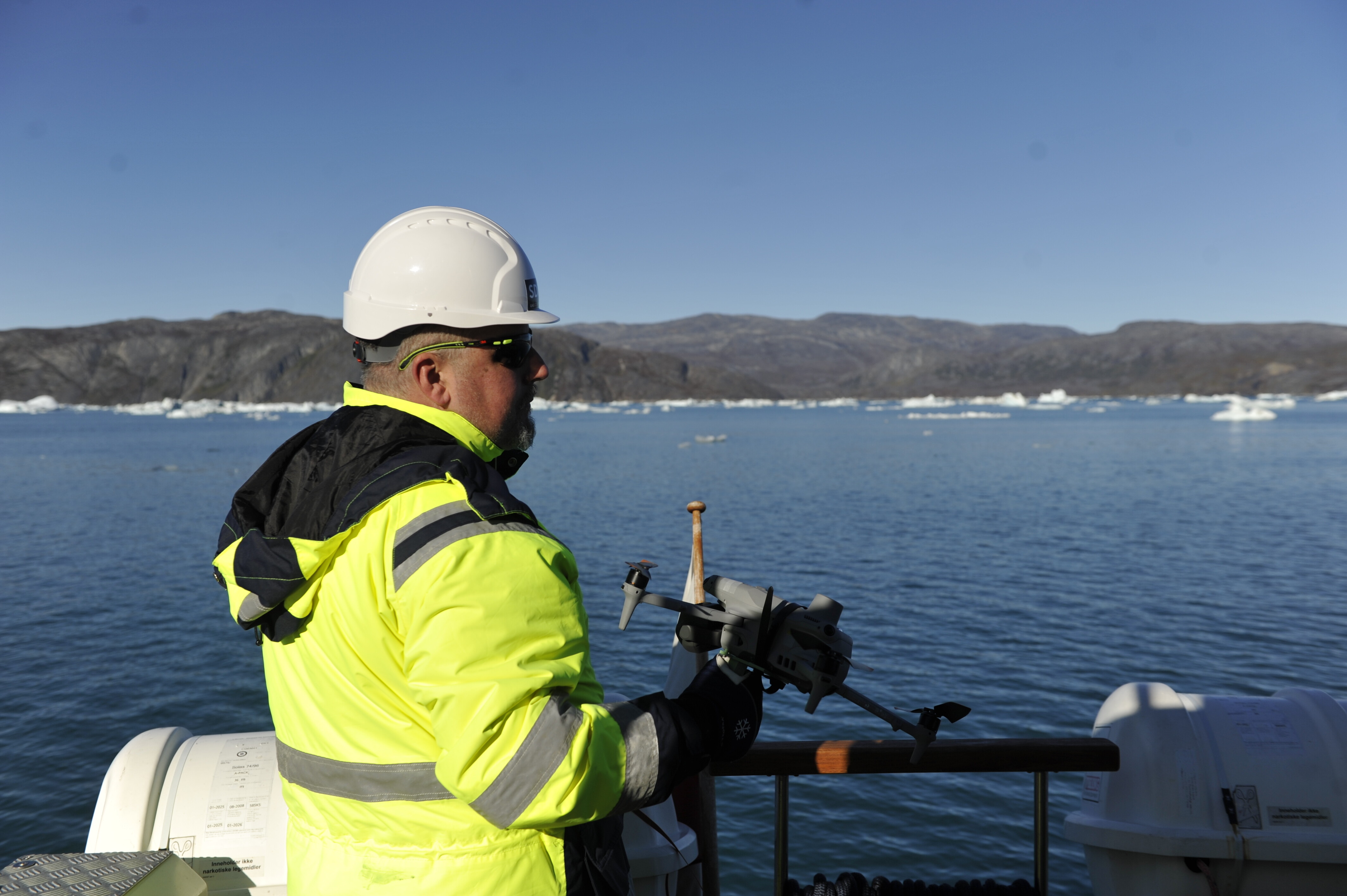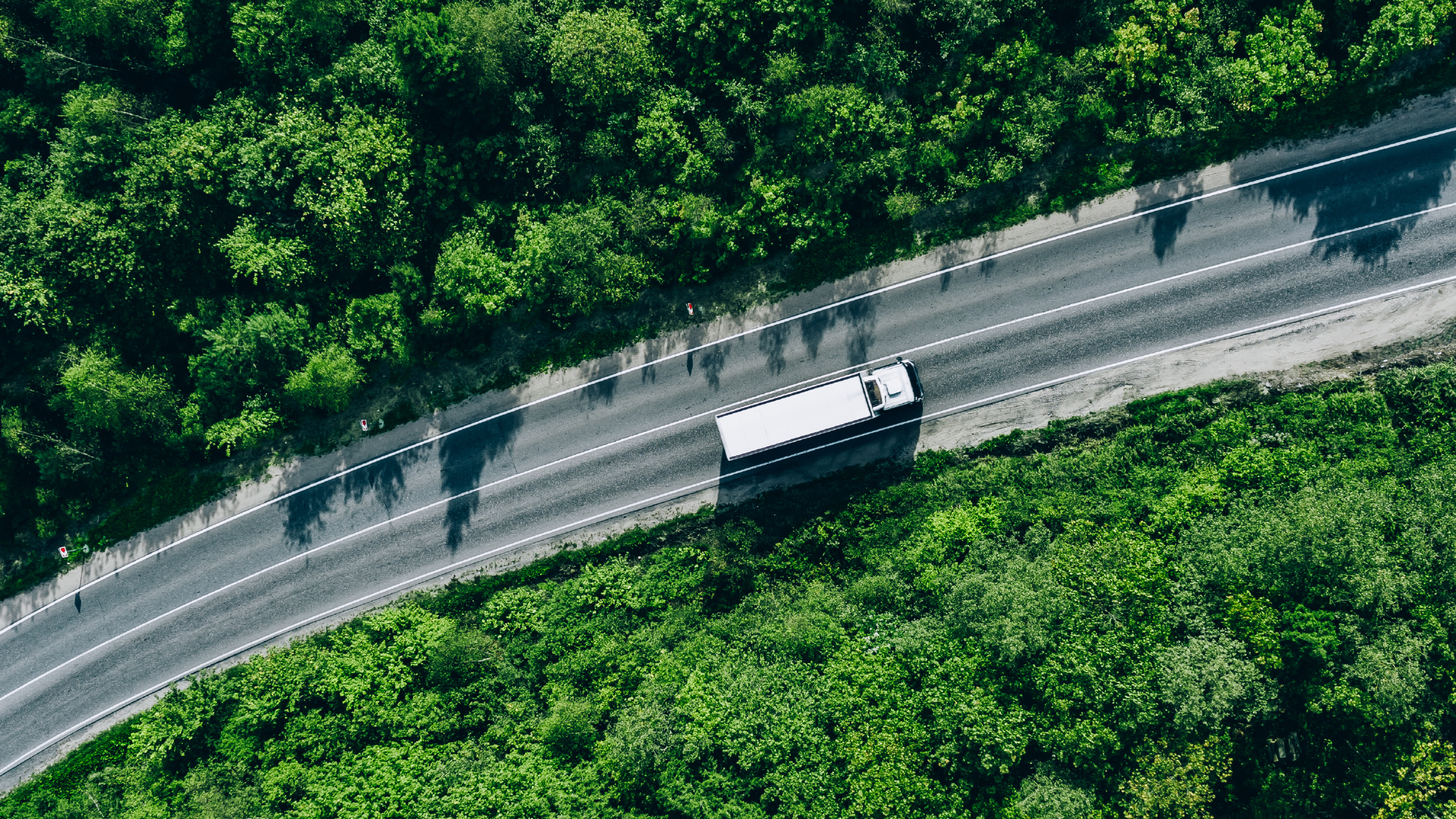What will it take to hit the increasingly elusive target of limiting global warming to 1.5°C?

“Everyone for 1.5 degrees.” A Fridays for Future protest in Bonn, Germany, 19 March 2021. Image: Unsplash
Listen to the article
- The COP26 climate talks ended with bittersweet results.
- But they did establish a consensus that more must be done to hit the 1.5°C target.
- And their most important takeaway may be that this is still possible.
About 200 years ago it became evident that Earth’s atmosphere was doing a pretty good job of retaining life-nourishing warmth. A few decades after that, John Tyndall – a scientist and mountain climber with up-close views of melting glaciers – realized this ability might be too good.
By 1992, when countries first came together to officially acknowledge man-made climate change, global temperatures were probably about 0.6°C warmer than the pre-industrial era (the period before the earliest smokestacks started appearing in Britain).
Since 1992, the global population has grown by more than 40%, developing countries have developed, and warming has increased to about 1.2°C.
Now, we’re headed for 2.4°C above pre-industrial levels. That made the recent COP26 climate summit a painful, extended rumination on the fact that we’re in danger of falling short on a crucial benchmark: limiting warming to 1.5°C. “The difference between 1.5 and 2 degrees is a death sentence for us,” the Maldives’ environment minister said as talks drew to a close.
Hope for a 1.5°C limit
Yet, hope is not lost.
The global will to act has escalated in response to recent climate-related disasters. COP26 did produce a pledge to end deforestation, for example, a commitment to cut methane emissions, and a rare instance of cooperation between the world’s two largest economies.
The talks also produced (albeit not without controversy) a final agreement that explicitly mentions fossil fuels for the first time. And they spurred plans for more concerted action.
One longstanding idea has been to hasten the five-year interval for revising climate commitments, and the COP26 pact requests that countries already formulate new plans by next year. A deal reached at the summit on global rules for carbon markets, which incentivize decarbonizing, may also help.
And while efforts have lagged to provide the $100 billion in annual climate-adaptation funding already pledged to developing countries, the COP26 agreement calls for doubling such funding.
How to limit to 1.5°C
The consequences of failing to hold the line at 1.5°C and hitting 2°C were detailed in a 2018 UN report: higher sea levels, more than a third of the global population exposed to extreme heat at least once every five years, the loss of virtually all coral reefs, an annual catch for marine fisheries that’s 3 million tonnes lighter.
Yet, from the year that report was published through last year, about half of the new power generation financed in developing countries – power plants expected to lock in the trajectory of global warming – wasn’t aligned with the 1.5°C goal, according to a recent study.
It’s generally agreed that the wealthiest parts of the world, those that have benefited the most from a fossil fuel-driven global economy, should shoulder most of the burden involved in keeping hope alive for achieving the 1.5°C goal.
The wealthiest individuals in the world also have a unique responsibility to do more. By 2030, the richest 1% of the global population is expected to be generating per-capita consumption emissions 30 times higher than what’s compatible with the 1.5°C goal, according to a report published earlier this month.
Meanwhile the poorest half of the global population will probably still be generating emissions several times below what’s compatible with the goal, according to the report.
Progress has been made since the original “Earth Summit” was held in 1992. But clearly, that progress must now accelerate to spare us from serious repercussions.
One victim of excessive warming would be the glaciers that influenced John Tyndall in the 19th century. Back then, he described the “irresistible advance” of the Gorner glacier in Switzerland – which has since retreated drastically.
In fact, according to one study, a worst-case warming scenario that goes well beyond 1.5°C means Alpine glaciers could mostly disappear by the end of this century.

More reading on limiting to 1.5°C
For more context, here are links to further reading and listening from the World Economic Forum's Strategic Intelligence platform:
- From “1.5°C is down but not out” to “1.5°C is on life support.” This piece compiles experts’ responses to the final COP26 agreement, which take different approaches to conveying a similar sentiment. (The Conversation)
- What must be left behind – to have a 50% chance of limiting warming to 1.5°C by 2050, about 90% of the coal in the ground must remain there, according to this study. (Nature)
- No 1.5°C, no law. The leader of the German Green Party now in talks to form a government coalition thinks there should be a veto option for any legislation in conflict with limiting warming to that level, according to this report. (Clean Energy Wire)
- Crossing from 1.5°C to 2°C in warming could remove hundreds of millions of people from the climate “niche” that currently supports high human population densities in places like India and sub-Saharan Africa, according to this report. (UCL)
- This podcast episode features a scientist who created a clock that counts down to the world hitting 1.5°C in warming. On a related note, it also features experts discussing how to deal with climate anxiety. (The Conversation)
- The pledge made by countries to slash methane emissions announced at COP26 is a positive step, but according to this piece the reductions necessary to help hit the 1.5°C target mean dealing with thorny issues related to animal husbandry and farming practices. (Carbon Brief)
- Even a 1.5°C increase doesn’t mean all will be well – according to this study, that level of warming would have a significant impact on algae and animal species on UK coastlines. (Science Daily)
On the Strategic Intelligence platform, you can find feeds of expert analysis related to Climate Change, Global Governance and hundreds of additional topics. You’ll need to register to view.
Don't miss any update on this topic
Create a free account and access your personalized content collection with our latest publications and analyses.
License and Republishing
World Economic Forum articles may be republished in accordance with the Creative Commons Attribution-NonCommercial-NoDerivatives 4.0 International Public License, and in accordance with our Terms of Use.
The views expressed in this article are those of the author alone and not the World Economic Forum.
Stay up to date:
Climate Crisis
Forum Stories newsletter
Bringing you weekly curated insights and analysis on the global issues that matter.
More on Climate Action and Waste Reduction See all
Noelia Garcia Nebra
November 18, 2025










